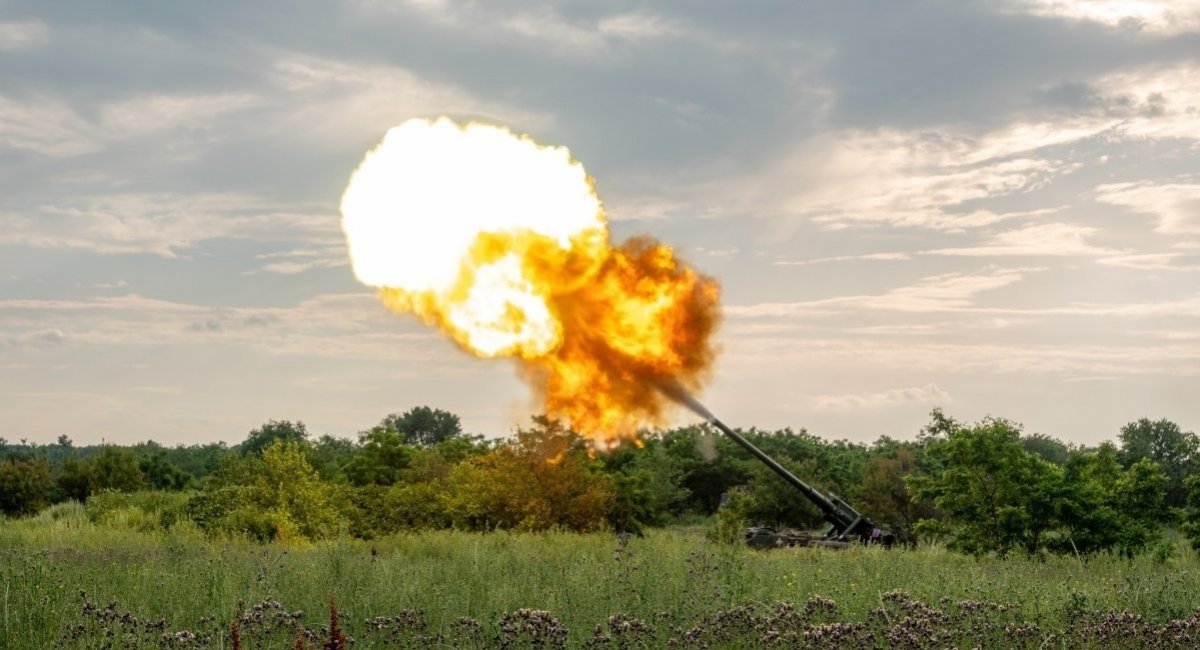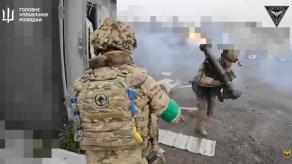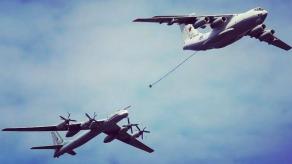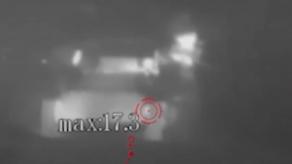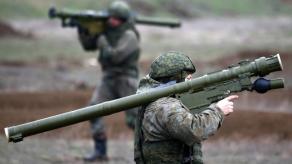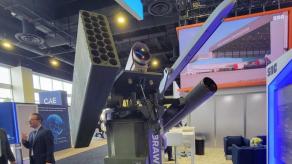Interview with Andrii Kobzar, a commander of a Panzerhaubitze 2000 artillery team from the 43rd Artillery Brigade, has attracted a lot of attention as the first since the outbreak of the russian invasion source of in-depth information about the combat work of the PzH 2000 in the Ukrainian Armed Forces. Published by Vodohrai magazine on the Drukarnia web platform, this interview sheds light on such topics as barrel endurance, mobility, survivability of the German howitzer, its adaptivity for various improvised anti-drone protection, and more.
Another interesting part, however, is where Kobzar elaborates on his experiences of operating the 2S7 Pion self-propelled gun with an impressive caliber of 203 millimeters. The artillery system remains unmatched in terms of sheer firepower in the Ukrainian military, inherited from the Soviet Union — even despite the problems with stockpiles of non-standard 203mm ammunition running out rapidly.
Read more: Important Advantage of SMArt 155 Artillery Munitions Proves it More Useful Than Excalibur or Vulcano
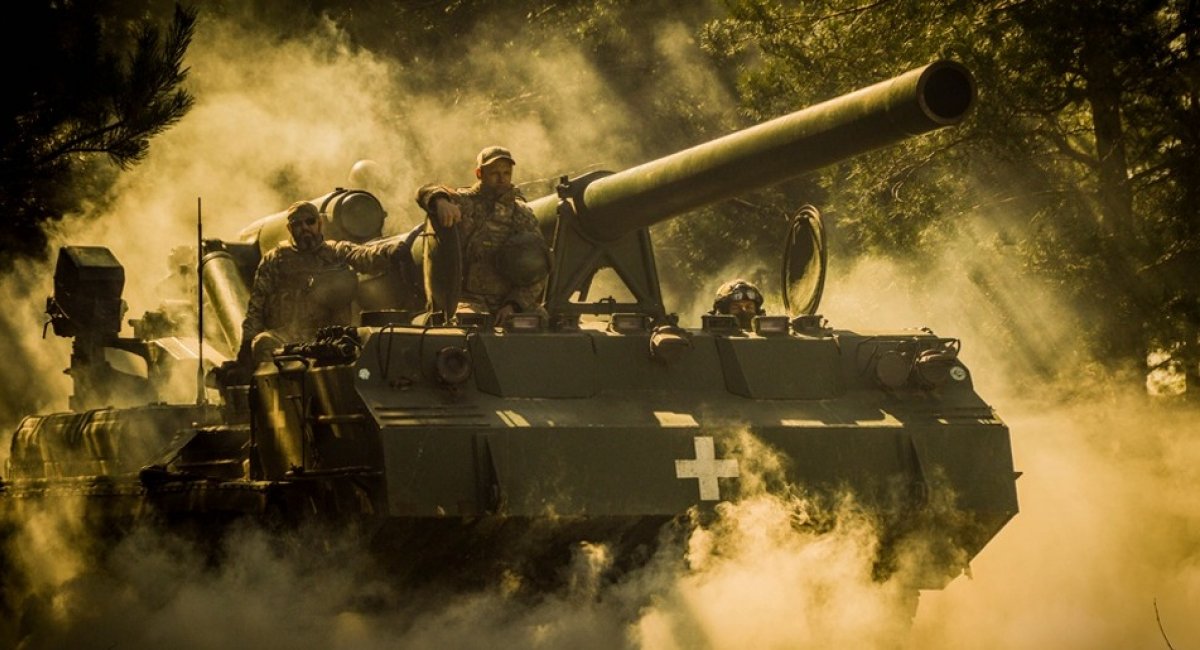
According to Andrii Kobzar, currently, the 2S7 Pion guns use 203mm rounds provided by the United States of America. However, the U.S. did not hand any propellant charges alongside the projectiles, so the Ukrainians were forced to use their own ones, of the charge bag type.
There's a nuance related to this interaction: the American 203mm shells are designed for howitzers, not for cannons like the 2S7 Pion. Soviet projectiles, meanwhile, were made to withstand higher gas pressure in the breech of the barrel. Accordingly, there's always a risk that the American shell with its thin casing would explode inside the 2S7 Pion's barrel. To mitigate this possibility, Ukrainian artillerymen use manually reduced propellant charges and therefore fire at short distances.
Another noteworthy and somewhat conflicting is Kobzar's answer to the question from the Vodohrai magazine: "Where did the 2S7 maintenance teams go when the crews retrained themselves for the PzH-2000?" — "[They were] transferred to the infantry."
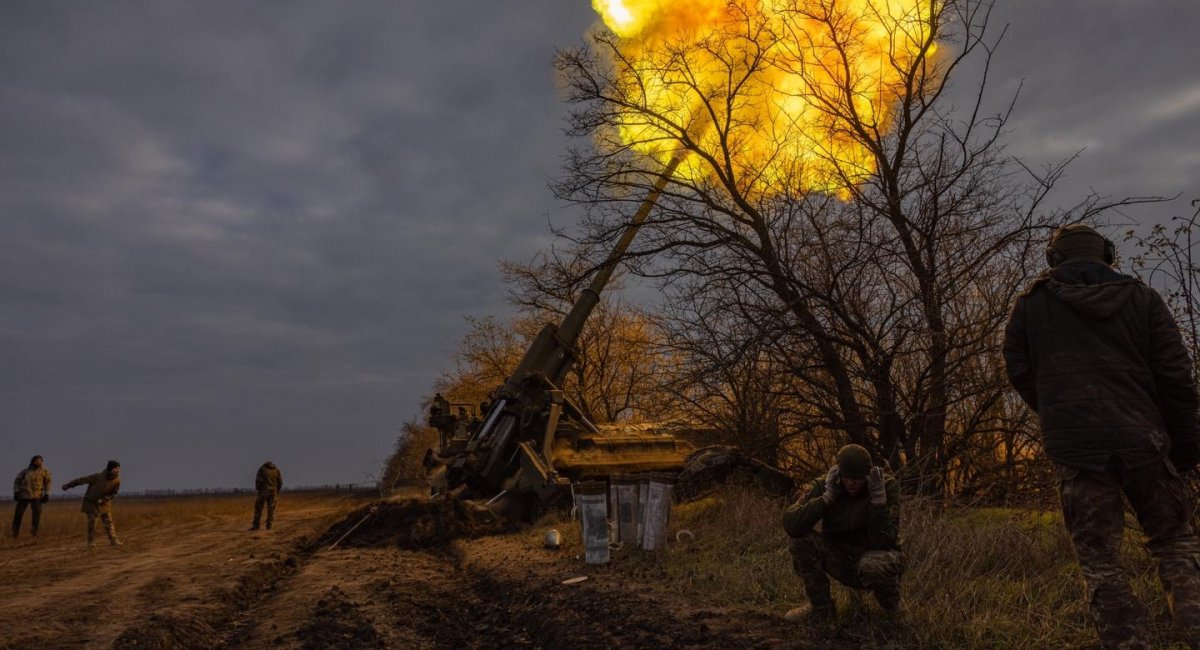
Generally, 2S7 Pion on Ukrainian battlefields is rarely brought up for discussion but there were a few occasions to talk about their performance before. In early May 2024, for instance, a serviceman from the 43rd Artillery Brigade hinted that they had received additional ammunition to work with, and 203mm rounds could be among them.
In continuation of the topic, we should also recall the exotic source of projectiles for 2S7 Pions which surfaced in January 2023, when Ukrainians reportedly used 53-G-620-Sh bunker-buster munitions originally intended for B-4 howitzers, straight from the WWII era. One possible explanation of where they could have gotten those was considered unannounced supplies from Albania.
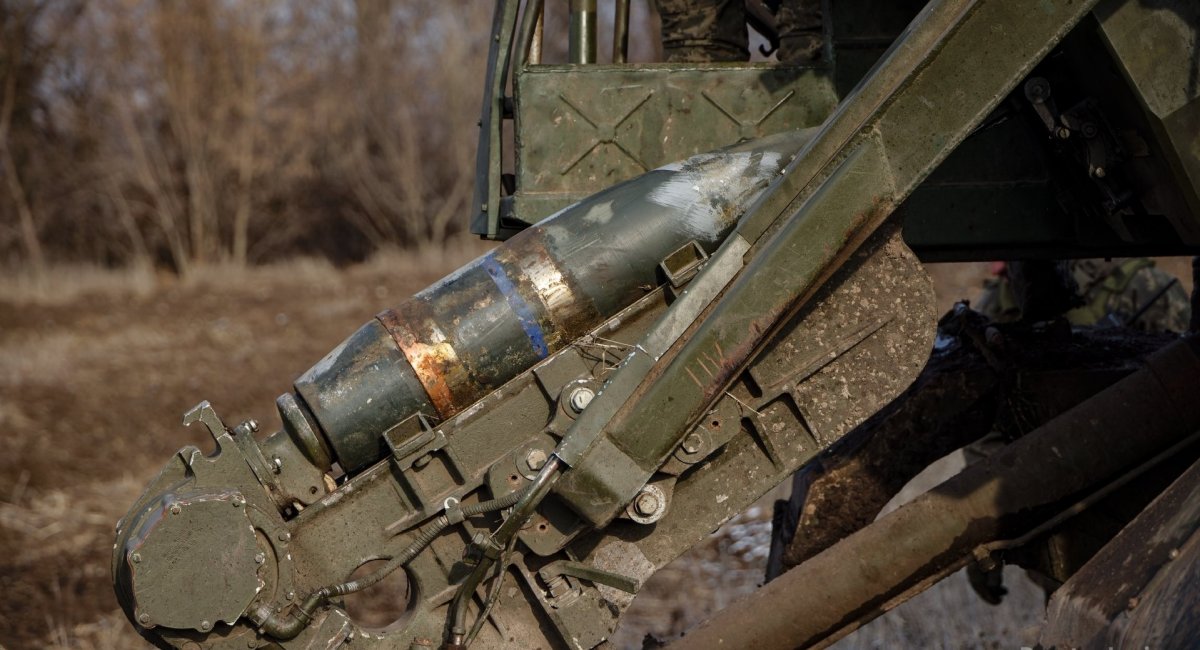
Read more: 43rd Artillery Brigade Hints at Receiving Additional Shells for 2S7 Pion Cannon and More




